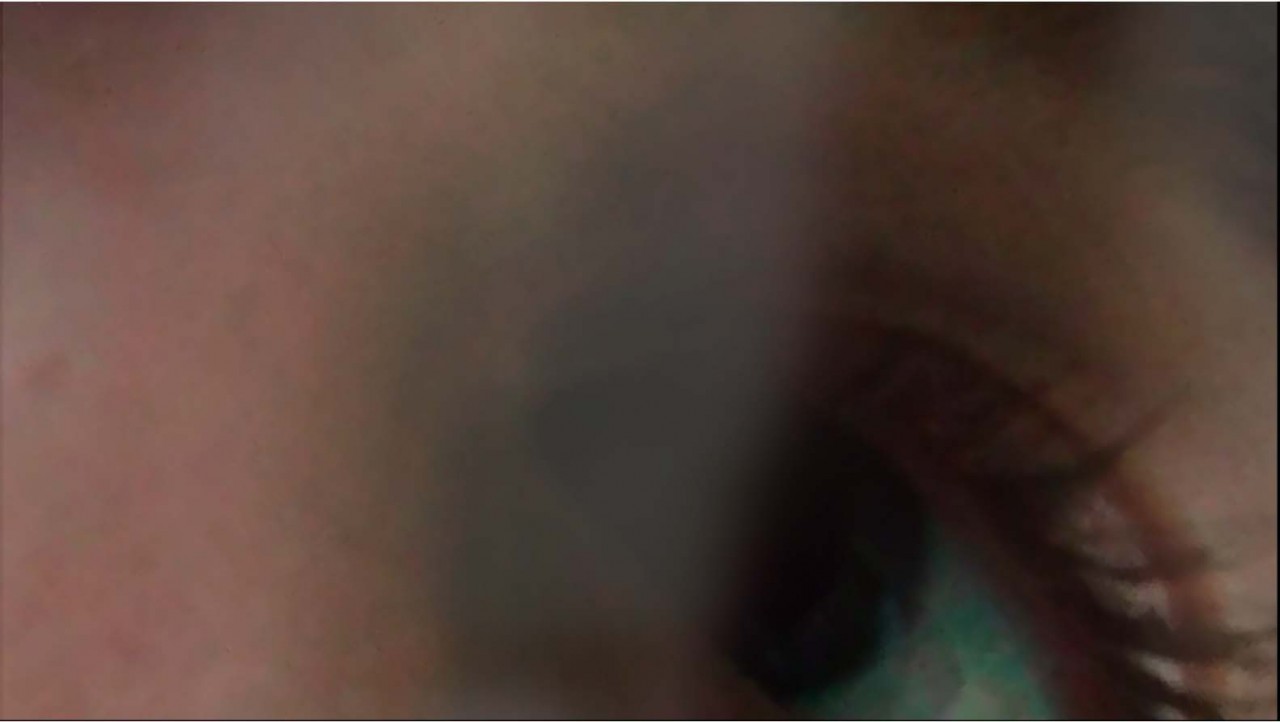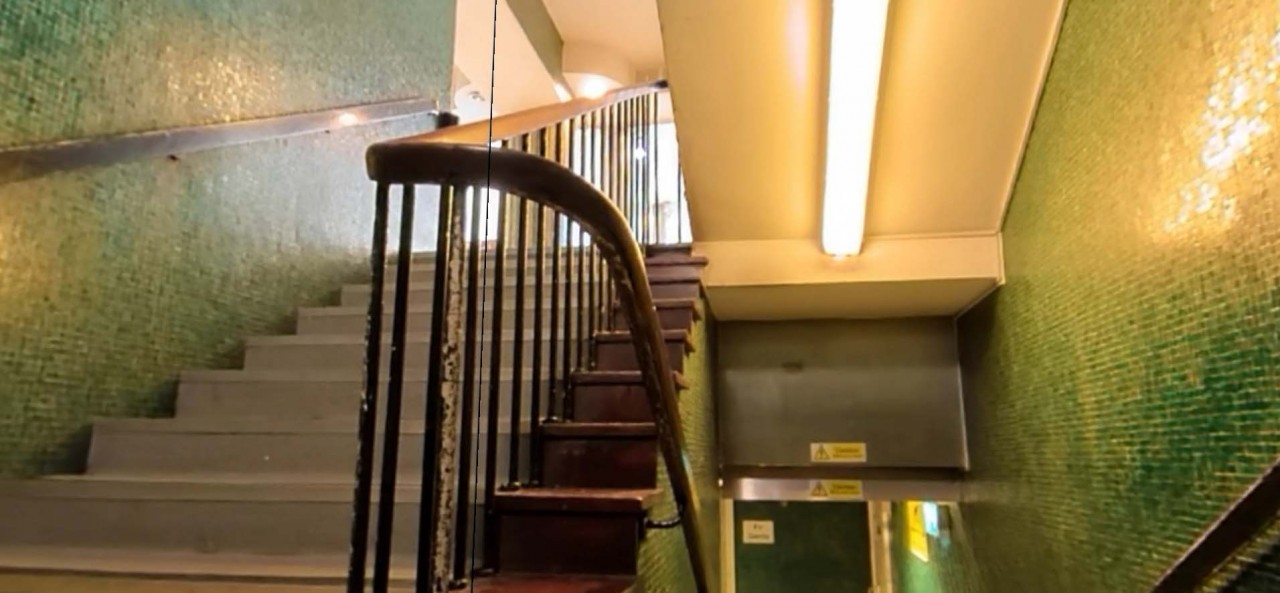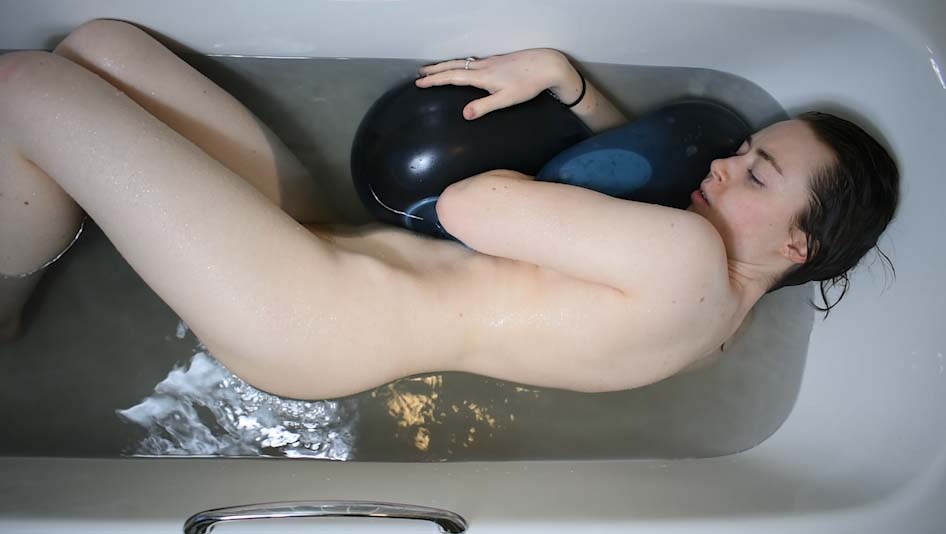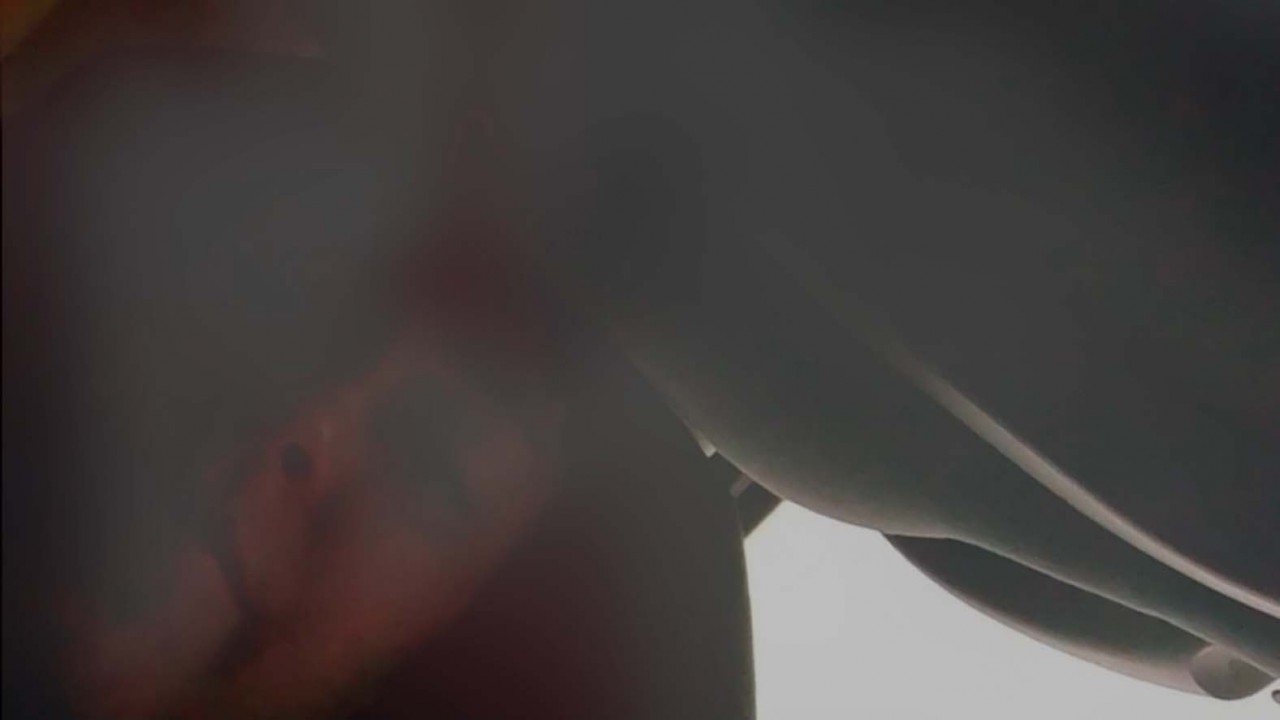Ellen Kane
Meath based artist, Ellen Kane, has been exploring the potential of virtual mediums in art making for the past two years. Her work mostly manifests itself as video pieces, dealing with mental illness, dissociation, and one’s experience of reality. The experimental use of VR equipment in the art making process, and incorporation of virtual spaces allows her to express the disconnected experiences of dissociation. Kane immerses the viewer in her work through video installation and interactive virtual spaces. This allows the viewer to empathize with the work and feel the feelings of frustration, disorientation, and blurriness that is put out by the artist.




